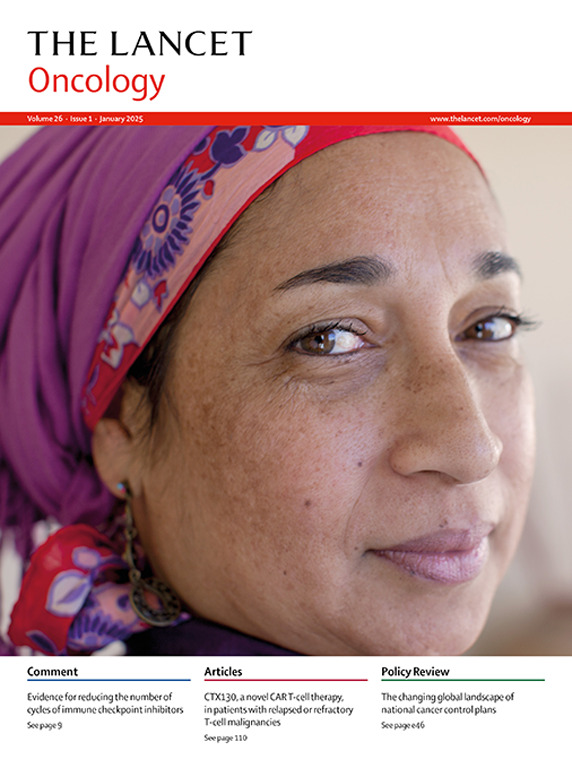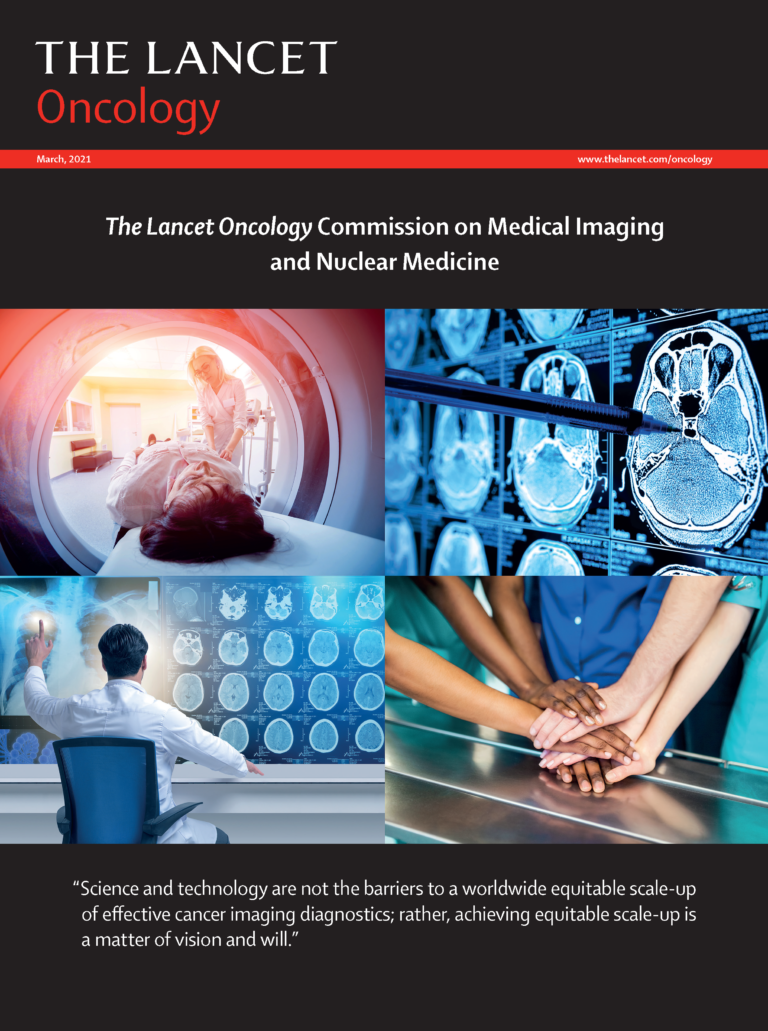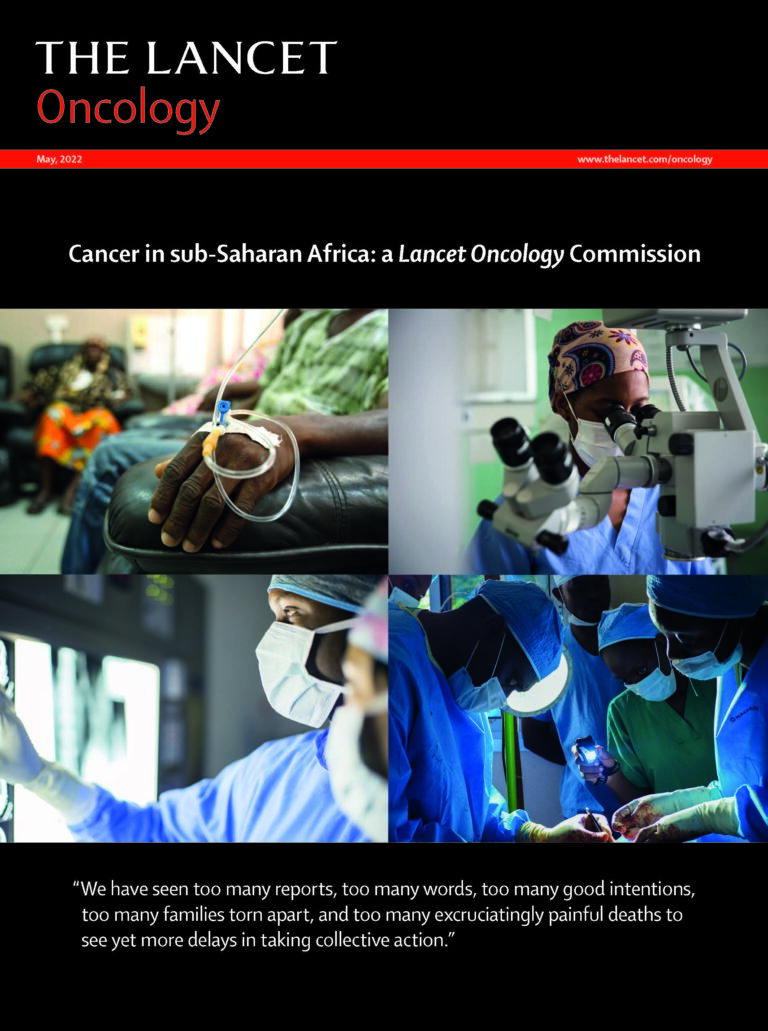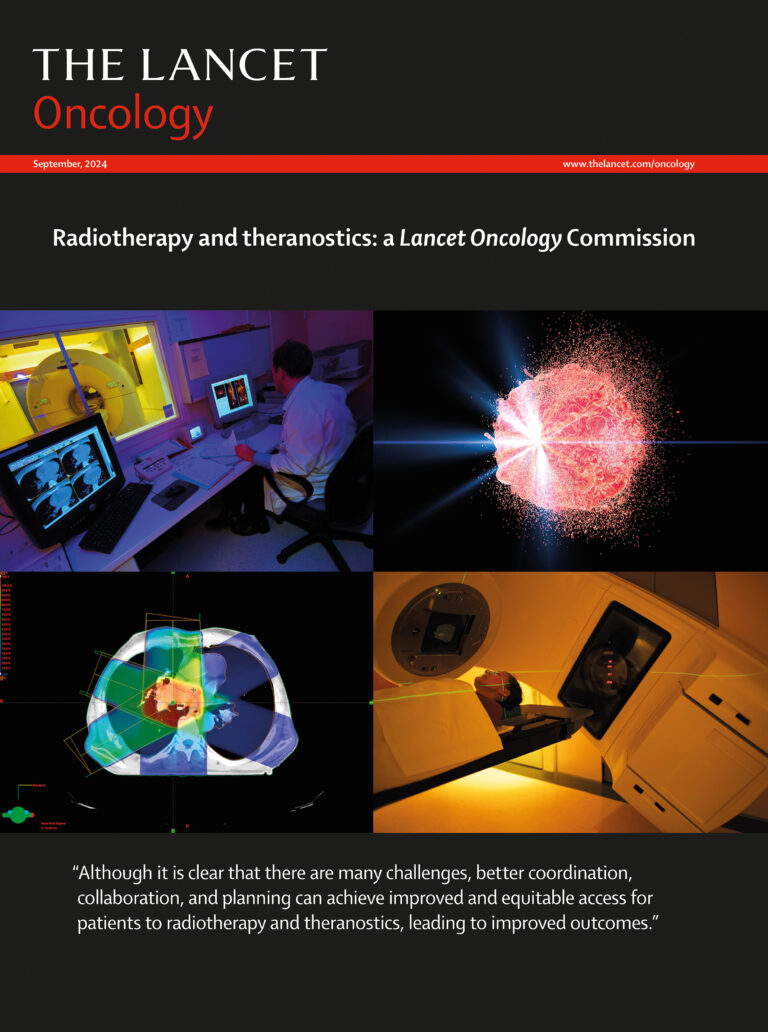
STRENGHTENING MEDICAL IMAGING CAPACITY WILL SAVE LIVES
Noncommunicable diseases (NCDs), including cancer, cardiovascular and respiratory diseases, cause 74% of global deaths, with 86% occurring in low- and middle-income countries (LMICs). Medical imaging plays a vital role in diagnosing and managing these conditions, yet access remains inequitable, especially in LMICs. The recent Lancet Oncology Commission on Medical Imaging and Nuclear Medicine demonstrates the benefit of a comprehensive scale-up of imaging, treatment and care quality in terms of life years and return on investment. In May 2025, the World Health Assembly adopted a resolution on Strengthening Medical Imaging Capacity, marking a pivotal moment for action. Key strategic areas proposed include Governance & Policy Integration, Infrastructure & Equipment, Workforce Development, AI Integration, Regulation & Quality Assurance and Investment & Financing. The resolution signals a global consensus and opportunity to transform health systems, save lives, and promote equity through universal access to medical imaging.

STRENGHTENING MEDICAL IMAGING CAPACITY: THE TIME IS NOW
Cancer and other non-communicable diseases are increasing in low-income and middle-income countries (LMICs), but access to medical imaging is scarce in these regions. This commentary highlights the importance and timeliness of a World Health Assembly 2025 resolution to strengthen medical imaging capacity, proposed by Cameroon. Imaging is vital along the cancer care pathway from diagnosis to treatment follow-up, for implementing radiotherapy, interventional radiology and radiotheranostics, and plays a vital role in the optimal diagnosis and management of injuries, non-communicable diseases other than cancer, and communicable diseases, including leading global causes of mortality. Given the impact of medical imaging in improving the diagnosis and treatment of patients across a broad range of diseases and health conditions, enabling increased, sustainable access to medical imaging, including nuclear medicine imaging techniques, worldwide, is imperative.
THE REPORTS



Enhance Cancer Diagnosis and Treatment Worldwide
This report emphasizes the crucial role of imaging in the diagnosis and treatment of cancer patients. It sheds light on the alarming shortages in imaging equipment and workforce, particularly in low and middle-income countries. Using a microsimulation model encompassing 11 cancer types, it unveils the potential for global scale-up of imaging services alone to save more than 50 million life-years and yield large financial returns ($179.19 per dollar invested) over a 10-year period. The findings underscore that strategic investment in imaging equipment, workforce capacity, and technology is a powerful means to alleviate the toll of cancer in LMICs and improve health and economic outcomes across all regions.
Essential Steps Ahead for Sub-Saharan Africa
In sub-Saharan Africa, urgent measures are essential to tackle the escalating cancer crisis. Projections indicate a staggering rise in deaths, potentially reaching 1 million annually by 2030 from 520,348 in 2020. This report proposes pivotal steps drawn from analysis and successful models that can be emulated, adapted, or improved across the region to reduce the growing cancer crisis. It notes the need to increase access to both treatments and diagnostics—including imaging—to improve cancer survival. The report also introduces a framework for strategically planning the enhancement of cancer research in sub-Saharan Africa, emphasizing investments in research that will drive policy and collaboration. Implementation of the recommended actions holds the key to curbing this crisis.
Radiotherapy and Theranostics: a Lancet Oncology Commission
The marked disparity in the availability of radiotherapy machines and appropriately trained workforce between high- and low-income and middle-income countries (LMICs) remains a major problem. The report proposes actions, such as the broad implementation of hypofractionation techniques, and investments that could enhance access to radiotherapy and theranostics particularly in LMICs, to realise health and economic benefits and reduce the burden of cancer by accessing these treatments. Expanding new initiatives—such as the IAEA’s Rays of Hope programme —and interest by international development banks in investing in radiotherapy would support.
RELATED PUBLICATIONS
MEDICAL IMAGING AND NUCLEAR MEDICINE
Cancer in Sub-Saharan Africa
Hedvig Hricak , Zachary J. Ward, Rifat Atun, May Abdel-Wahab, Ada Muellner, Andrew M. Scott (2021)
Zachary J Ward, Rifat Atun, Hedvig Hricak, Kwanele Asante, Geraldine McGinty, Elizabeth J Sutton, et al. (2021)
Freddie Bray, D Maxwell Parkin (2022)
Zachary J Ward, Prof Andrew M Scott, Hedvig Hricak, Rifat Atun (2021)
Zachary J Ward, Andrew M Scott, Hedvig Hricak, May Abdel-Wahab, Diana Paez, Miriam Mikhail Lette, H Alberto Vargas, T Peter Kingham, Rifat Atun (2020)
Zachary J. Ward, Surbhi Grover, Andrew M. Scott, Sungmin Woo, Dina H. Salama, Elizabeth C. Jones, Tarek El-Diasty, Bradley R. Pieters, Edward L. Trimble, H. Alberto Vargas, Hedvig Hricak, Rifat Atun (2020)